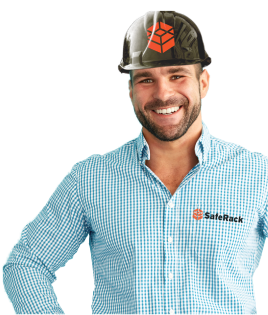SafeRack recently completed a safety upgrade at an energy provider’s substation, replacing outdated steps with a modular ErectaStep stair system. This project profile highlights how ErectaStep’s in-stock, engineered components delivered immediate improvements to worker safety and compliance for access into a secondary containment area for diesel tanks.
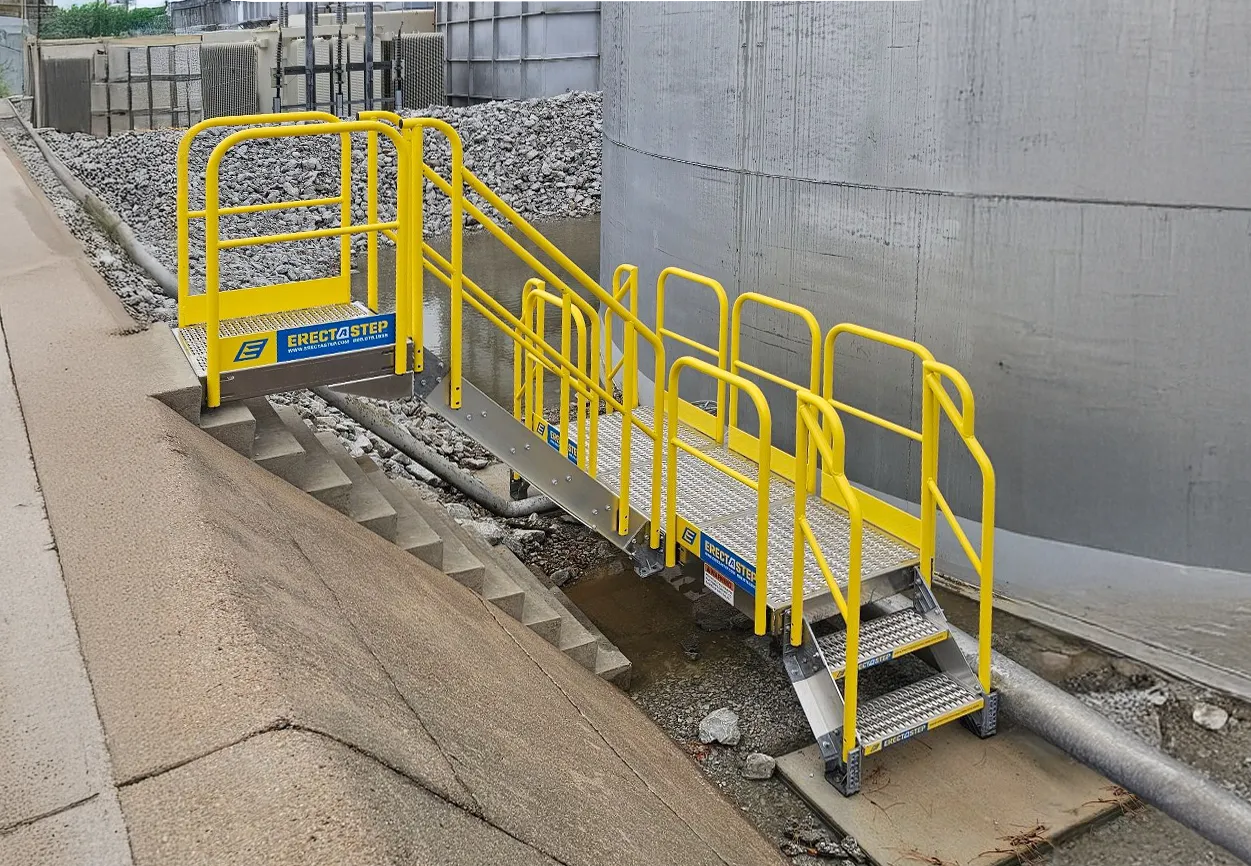
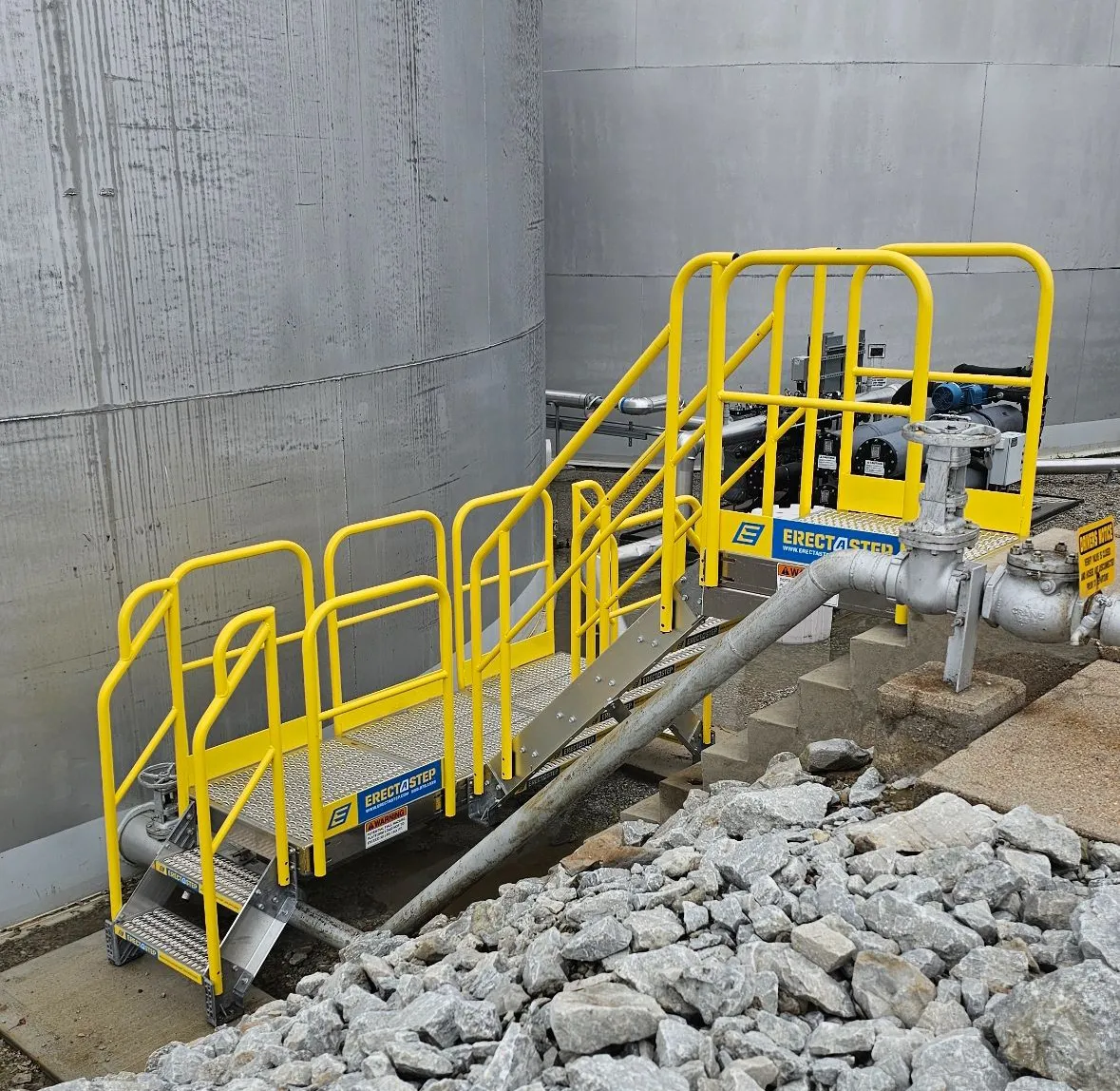
Secondary Containment Access Project
At the substation, technicians and maintenance crews relied on steps lacking handrails to access the below-grade secondary spill containment area around diesel storage tanks. These old steps posed a significant fall hazard and failed to meet OSHA and SPCC requirements for safe worker access into regulated containment zones.
Fast Solution with ErectaStep
- ErectaStep metal stairs were ordered on Tuesday and delivered by Friday—just three days—demonstrating the speed advantage of SafeRack’s in-stock designs. No special engineering or custom fabrication was required, reducing project lead time and eliminating downtime for the facility.
- The system’s bolt-together aluminum components ensured compliance, with integrated handrails and slip-resistant treads for secure footing. Because ErectaStep is OSHA-compliant and designed for industrial use, it provides long-term durability in demanding environments.
- Installation was straightforward: parts arrived ready to assemble without specialized labor, custom engineering, or long waits—reflecting SafeRack’s commitment to being the “easy button” for safety-focused projects.
Site Impact and Compliance
- With the new ErectaStep stair system in place, crews now safely access the containment berm for tank inspections, weekly testing, and diesel deliveries—all while staying compliant with EPA SPCC and OSHA fall protection standards.
- The substation’s upgrade ensures regulatory compliance and delivers immediate improvements in operational safety, convenience, and facility personnel morale.
- SafeRack’s expert team provided technical support and follow-up recommendations for long-term equipment reliability and preventative maintenance, reinforcing SafeRack’s role as a trusted partner for compliance and safety innovation
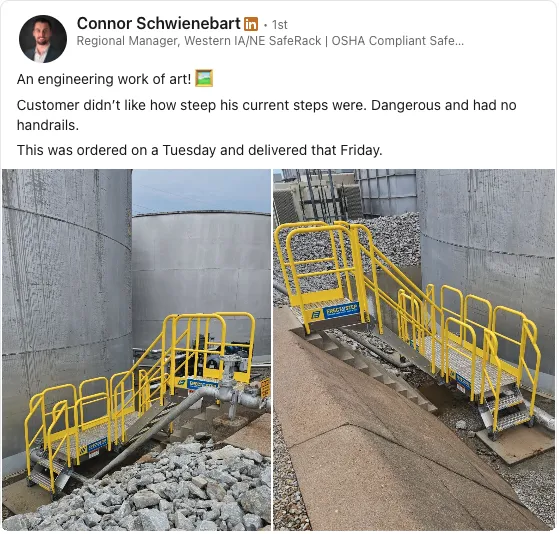
Secondary Containment
Placing tanks below grade with a berm around them in tank farms is a common secondary containment practice designed to contain potential spills and prevent environmental contamination. Berms are moat-like structures made from earth, concrete, or specialized liners surrounding each tank to capture and hold leaks or accidental discharges. This arrangement supports regulatory compliance and operational safety by providing an effective physical barrier.
Common Regulations
- Berms must comply with the EPA’s Spill Prevention, Control, and Countermeasure (SPCC) Act (40 CFR 112), which requires secondary containment able to hold 100% of the largest tank’s volume plus extra capacity for precipitation or surge events.
- OSHA regulations (29 CFR 1910.106) mandate that diked areas be sized to contain the largest tank and built to be watertight and structurally sound; walls over 3 feet high need a 2-foot-wide flat top section.
- Local fire codes and hazardous waste rules may require additional containment, release detection, and construction standards.
Terms and Design Elements
- Dike/Diking: Embankment or curbed barrier for bulk containment.
- Berm: Raised barrier commonly used for spill containment, usually constructed around tanks or critical process areas.
- Secondary Containment: Any structure or system (berm, tray, vault, double-walled tank) that serves as backup to prevent leaks from reaching soil/water.
- Vault: An underground or enclosed concrete chamber providing containment for below-grade tanks, lined to prevent leaks.
- Freeboard: The additional height or volume beyond the largest tank’s contents (often 10%) permitted for rain or foam expansion per SPCC guidelines.
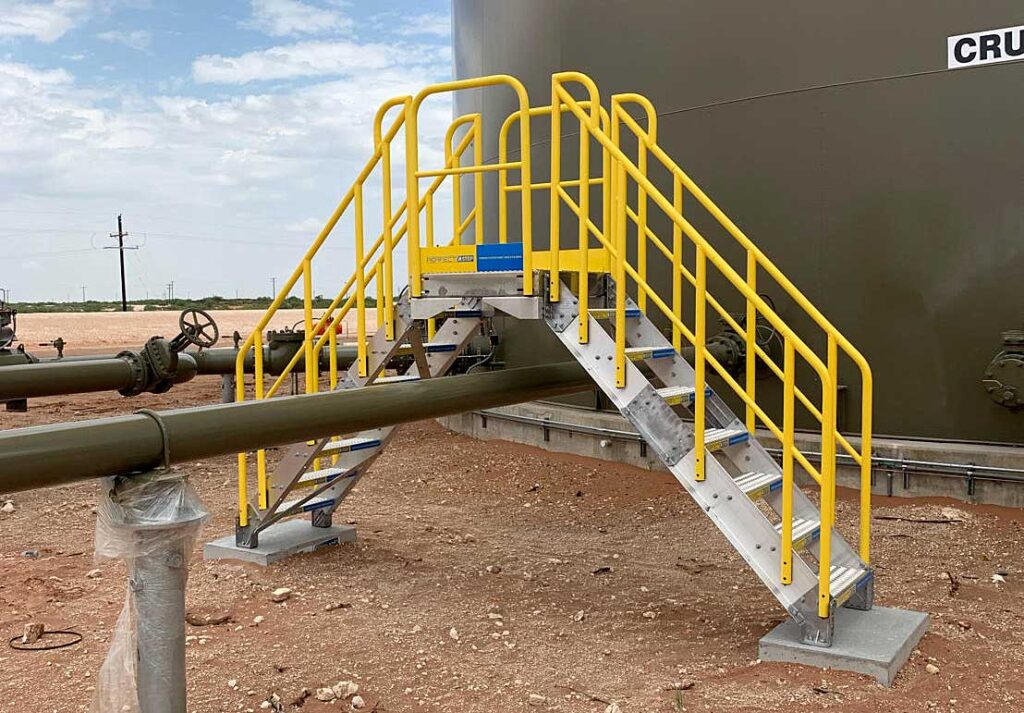
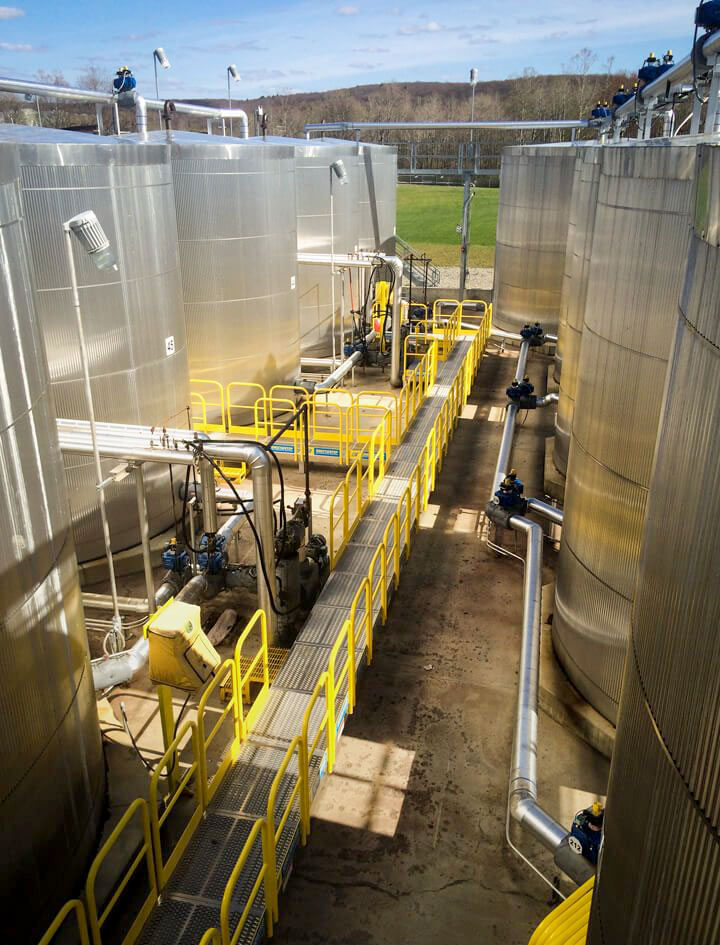
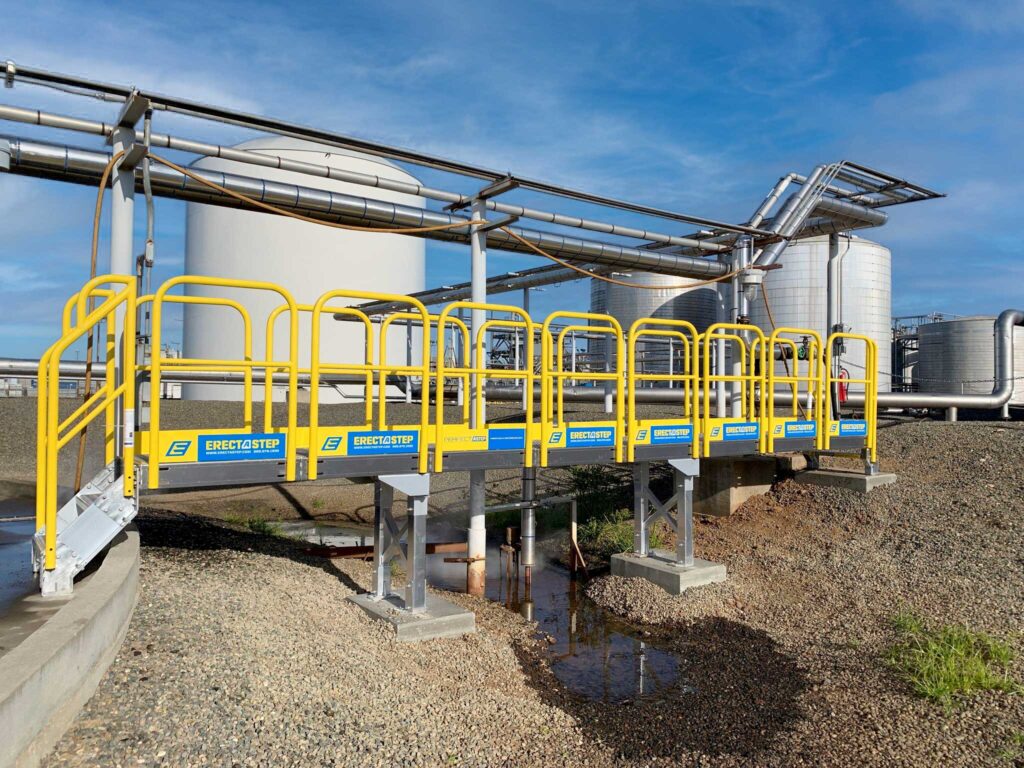
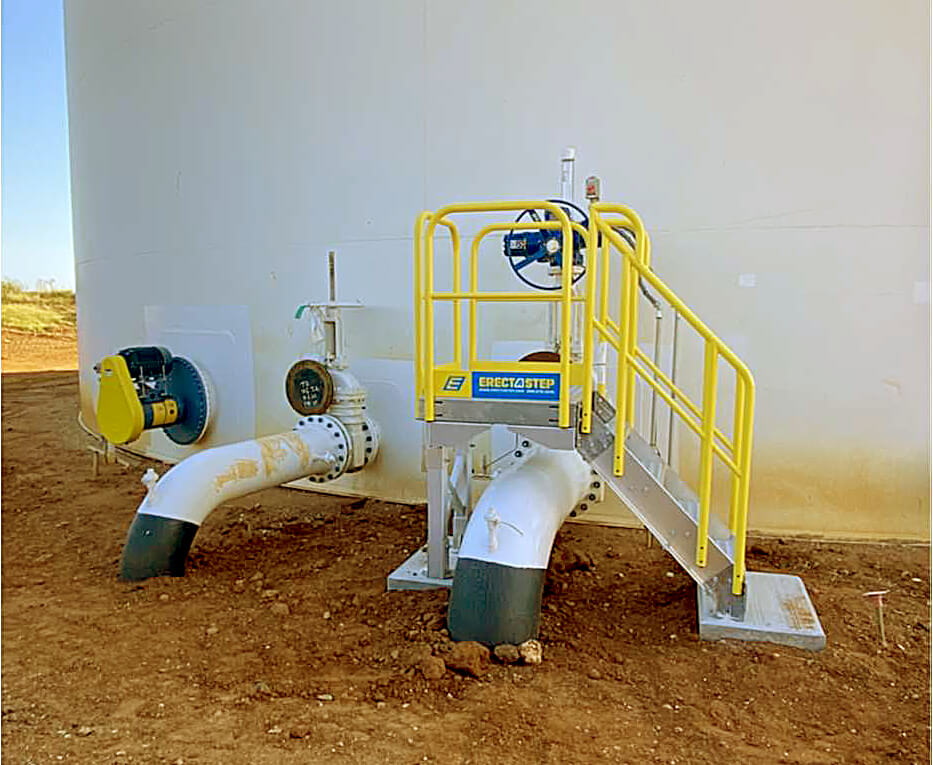
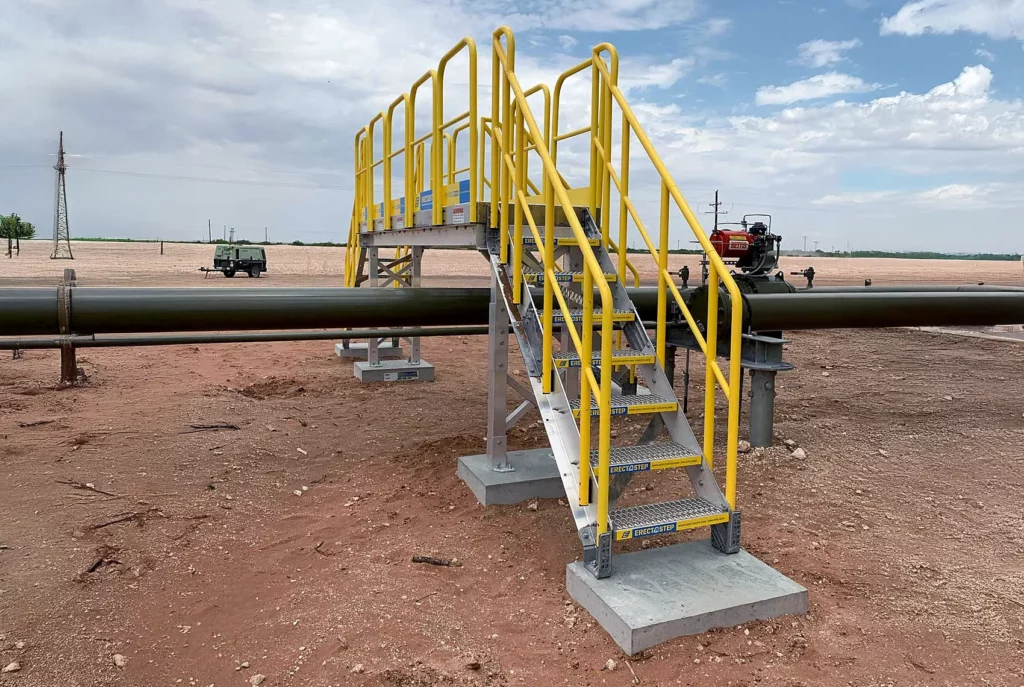
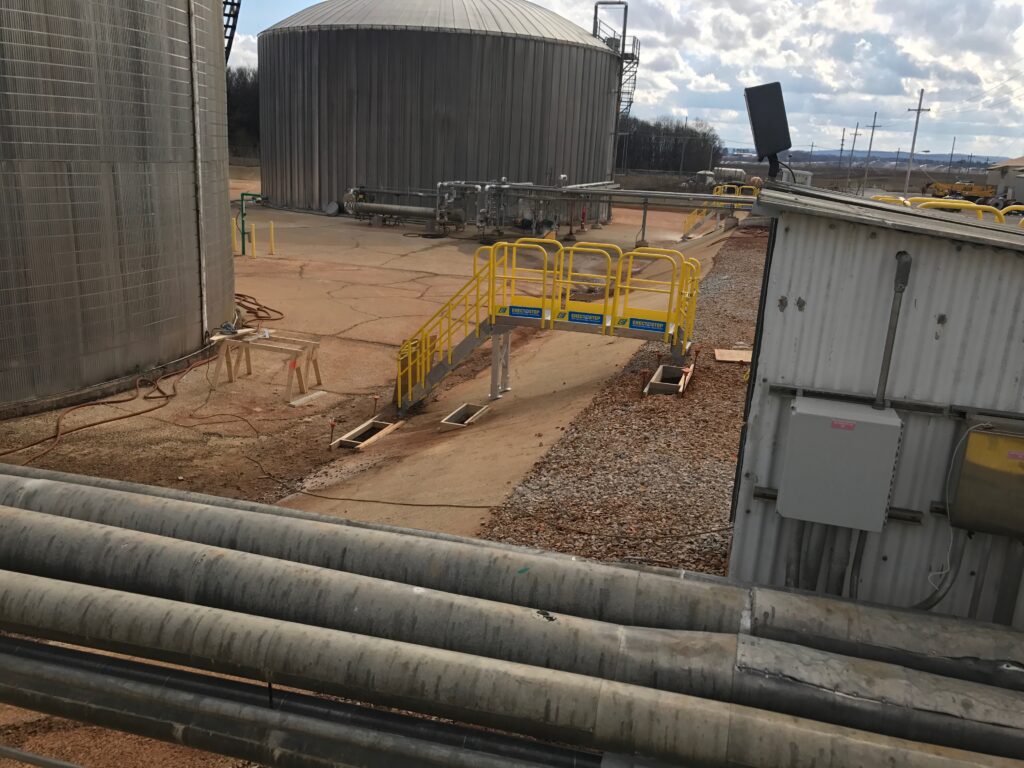
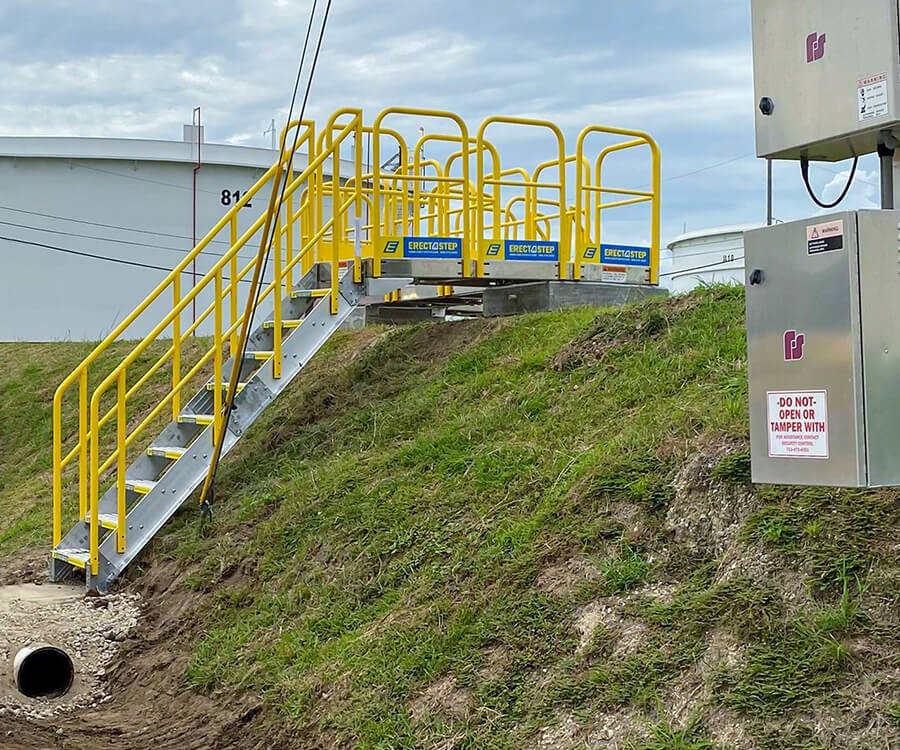
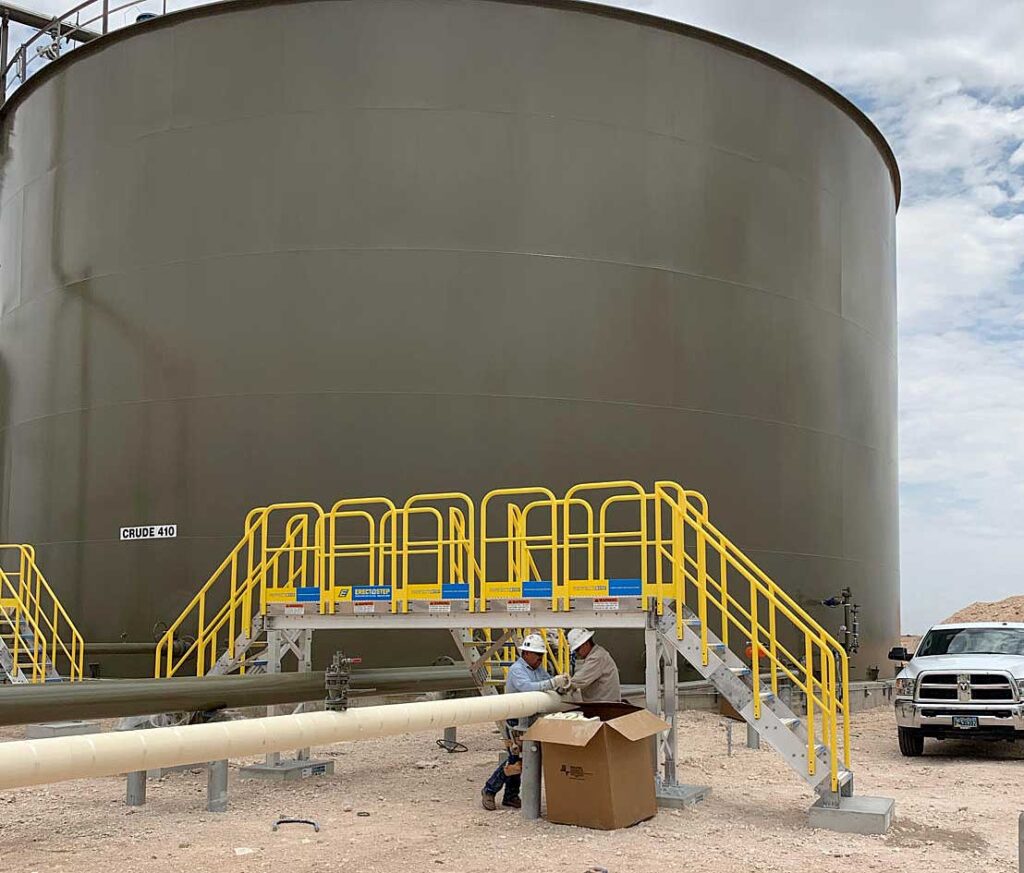
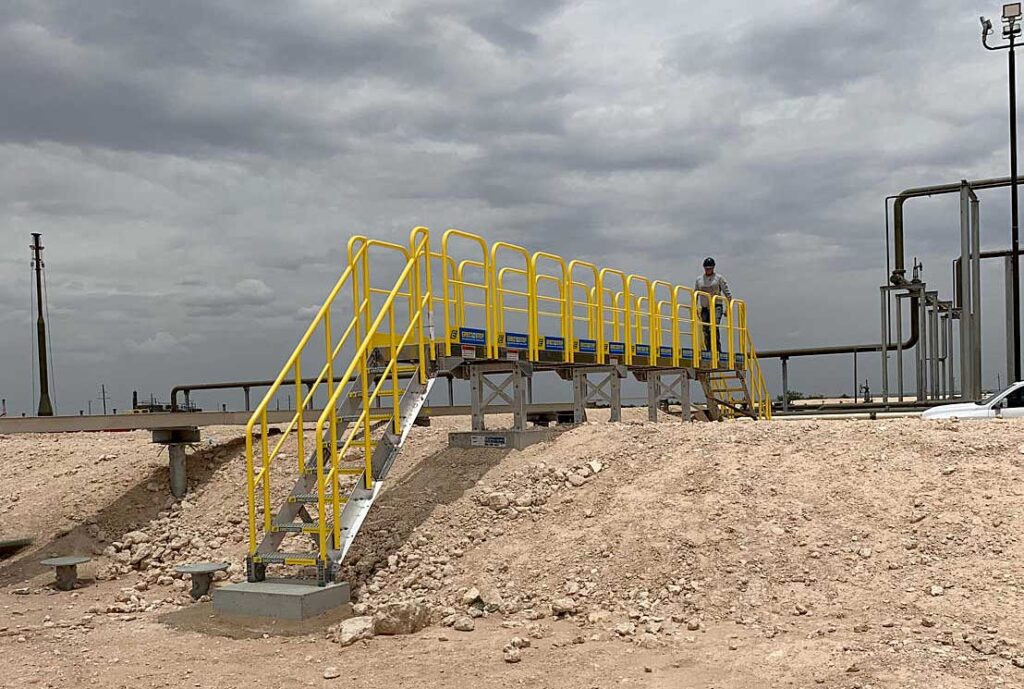
Why Use Berms for Below Grade Tanks
- Berms and secondary containment solutions ensure regulatory compliance, reduce fire and chemical exposure risks, and protect workers and the environment.
- They can be specially designed to fit unique site constraints or tank sizes, using materials like reinforced earth, PVC fabric, steel, or concrete.
- Berms and dikes are crucial for detection of leaks; pooled liquid within the containment indicates tank failure.
Below-grade tanks with berms are essential for environmental protection and compliance, making secondary containment one of the most regulated and safety-critical features of modern tank farms.

